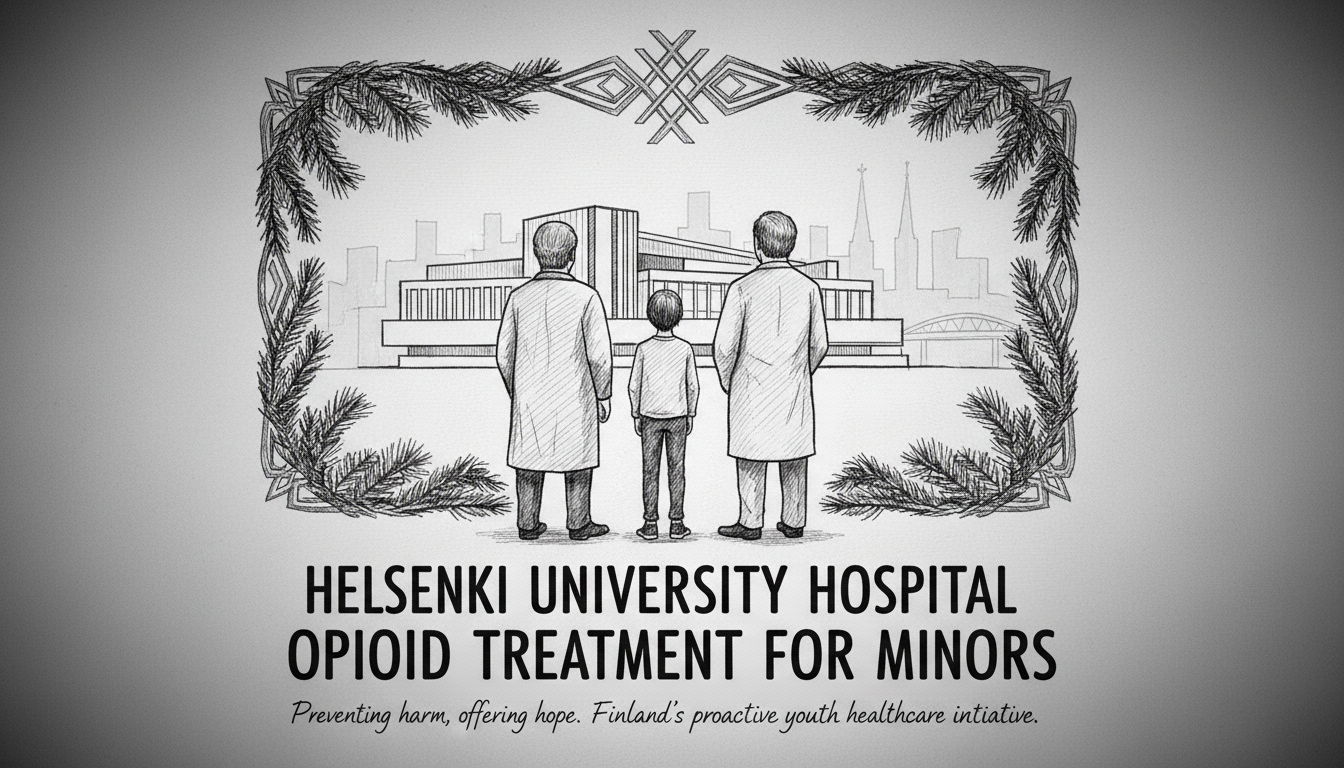Helsinki University Hospital has started providing opioid replacement therapy for underage patients at its youth psychiatry department. This marks a significant development in Finland's approach to adolescent addiction treatment. The hospital will accept its first pilot patients during the current autumn season.
Medical officials report increasing opioid use among Finnish youth. They designed the new treatment program to prevent drug-related deaths and social exclusion among adolescents. Most drug fatalities occur among teenagers aged 15 and older, with deaths among children under 15 being rare individual cases.
One clear indicator of rising opioid use involves young adults entering treatment programs who began using substances as minors, according to Chief Physician Kaisa Kuurne from the hospital's addiction psychiatry unit. The treatment model builds on a drug death prevention framework developed by the Finnish Institute for Health and Welfare.
Finland has recognized the need for specialized underage addiction treatment for years, though such services have remained limited nationwide. Health counseling services, child protection foster care units, and emergency departments all report intravenous opioid use among Finnish minors.
Opioid replacement therapy combines medication with conversation support and network assistance. Treatment requires strong motivation and commitment from young patients. Assistant Chief Physician Kristi Kajak from the hospital's youth addiction psychiatry unit explains that when necessary, minors undergo assisted withdrawal using opioid medication under supervised conditions.
Child protection services and guardians actively participate in treatment for underage patients. The hospital aims to provide separate treatment facilities for minors rather than mixing them with adult patients. Young people receive referrals to treatment from various services including child protection, emergency departments, and health counseling points.
This development reflects Finland's practical approach to public health challenges. The country is confronting its youth substance use issues directly rather than minimizing the problem. The hospital's initiative represents one of Scandinavia's most comprehensive responses to adolescent opioid dependency.
International readers should understand that Nordic countries typically maintain strong social safety nets and public healthcare systems. Finland's decision to establish specialized youth opioid treatment demonstrates how even well-functioning societies face modern drug challenges. The program's success could influence similar initiatives across Northern Europe.
Medical experts developed the treatment protocol in collaboration with university hospital specialists. The coordinated approach between healthcare providers and social services represents standard Nordic practice in addressing complex social and health issues.
